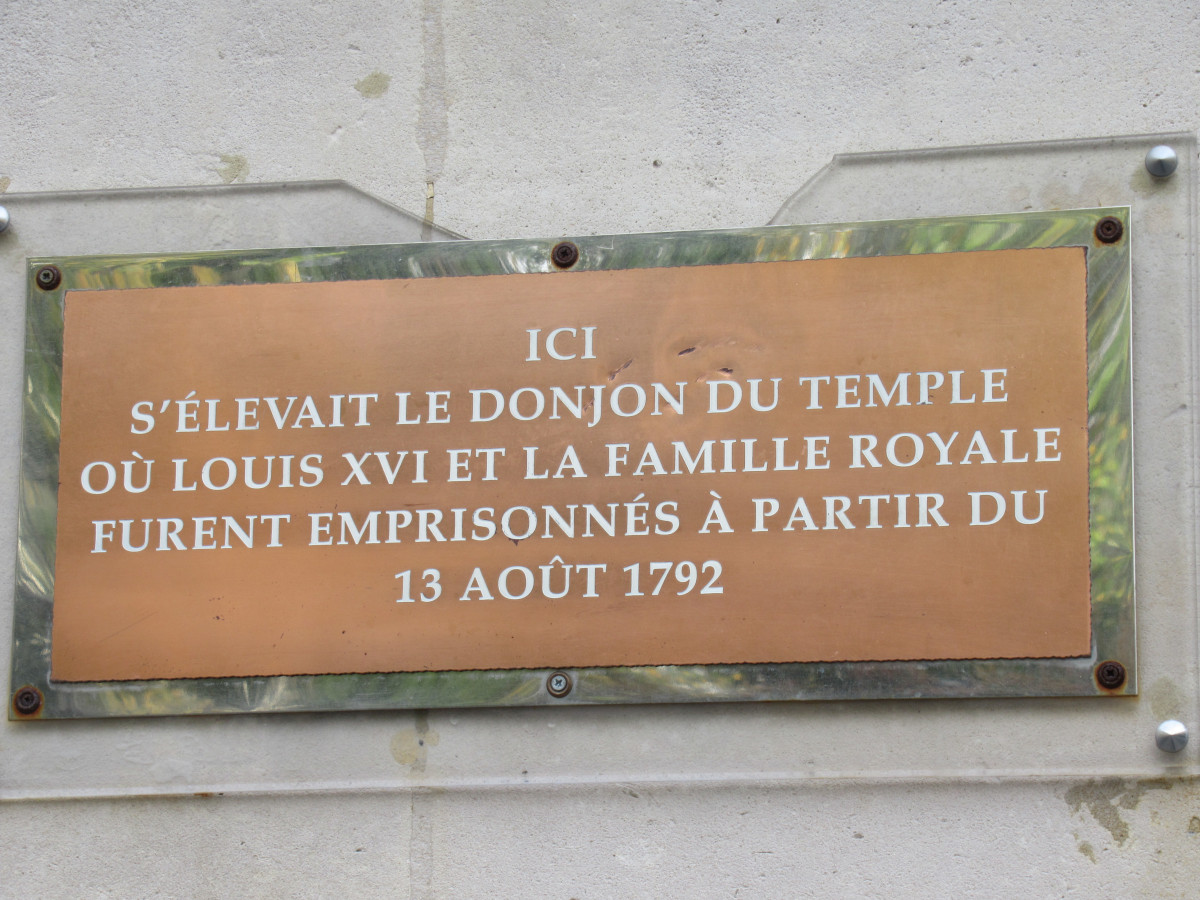Last Updated on August 13, 2023 by Ctybr67k
Revolutionary Paris represented a defining moment in France, in Europe and worldwide, and it’s story is what sits behind the annual 14th July celebrations. But where can you ‘find’ the French Revolution in Paris today? This post explains, suggesting six places you can visit to catch the spirit of 1789.
La Place de la Bastille
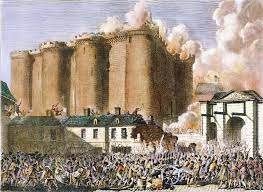
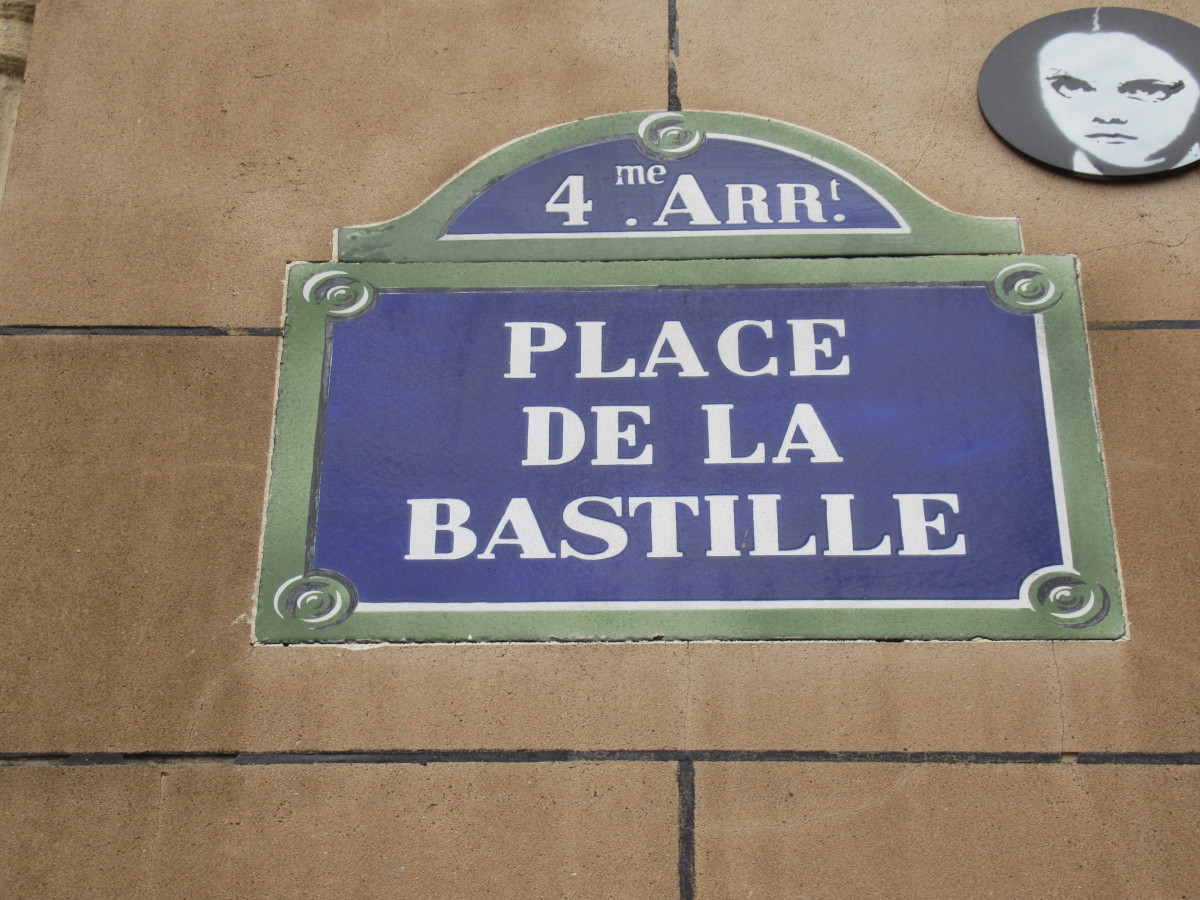
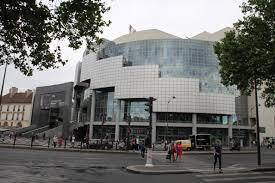
By 1789 things were at boiling point in France and it was at the Bastille, a prison, where they frothed over when it was attacked by a furious mob; the country was broke and many faced hunger because of droughts and a poor harvest, yet Louis XVI and his queen, Marie-Antoinette, were living lavishly and trying to prevent the newly formed National Assembly from gaining power. A chain of events followed which led to full-scale revolution and the execution of both king and queen.
The Bastille prison was demolished during the revolution, but there are markers in the road just near the Bastille metro station to show where it was. The square is often chosen as the starting point for protest marches, so you may still encounter a feisty atmosphere! Confusingly, the large column in the middle commemorates a different revolution, in 1830, but the nearby ultra-modern Opéra Bastille was opened for the bicentenary of the revolution in 1989, a less flamboyant, more opera-of-the-people institution than the city’s Belle Époque Opéra Garnier.
Temple
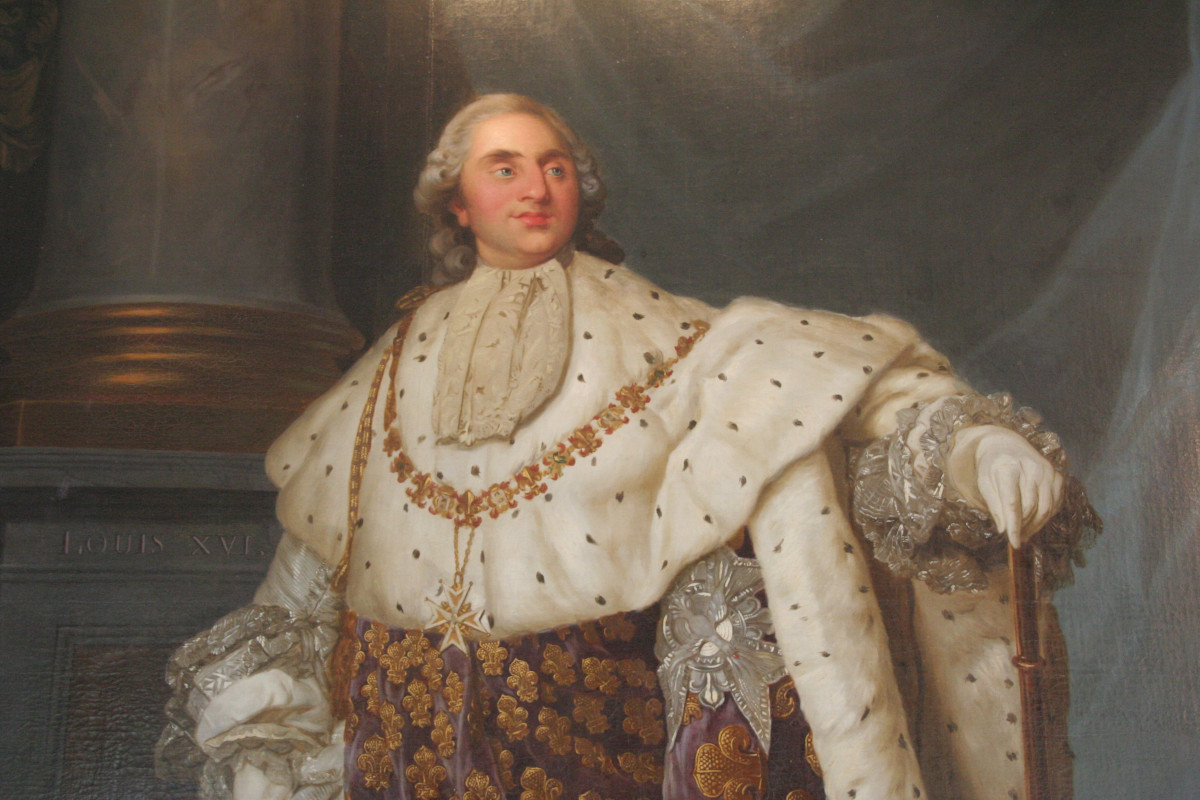


From Temple metro station walk though the Square du Temple park to the road behind – running from Carreau du Temple down to the Rue de Bretagne – and the information boards tell you that you are somewhere important. You are standing on the site of the old dungeon, where Louis, Marie Antoinette and their children were imprisoned after their arrest in August 1792.
Louis was taken from here to his execution; Marie-Antoinette was transferred to the Conciergerie for her trial, and their 10-year-old son, Louis Charles, died here in June 1795. The sickly child had been kept here, largely neglected, for over two years after the death of his parents. The outline of the dungeon where the family was imprisoned is marked out on the road and if the Carreau du Temple building is open you can go down to the underground level to see the remains of the dungeon:
La Place de la Concorde


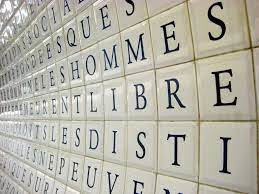
This vast square was originally named after Louis XV who built it, but in the next reign the revolutionaries renamed it Place de la Révolution, tore down the new king’s statue and set up their guillotine. This was one of three execution sites, and over 1300 executions took place here in less than two years, including that of Louis XVI and Marie Antoinette.
Antonia Fraser, in Marie Antoinette, describes the queen, sitting in a prison cell on January 21st 1793, listening intently: ‘There was an extraordinary silence over the city … there was the sound of drumming shortly before half past ten, followed by loud shouts of joy from the frantic spectators’. With Marie Antoinette was her sister-in-law Elisabeth, who said ‘The monsters. They are satisfied now.’ After the revolution, the square was again re-named, in a bid to forget its grisly history. So, it is Place de la Concorde today.
The Concorde metro station was redecorated for the bicentenary of the revolution in 1989. The Belgian artist Françoise Schein covered the walls and ceiling with 49,000 enamel tiles, each bearing one letter, which spell out the words – without spaces, without punctuation – of the revolution’s key document, the 27 articles of the Déclaration des Droits de l’Homme, whose opening line is ‘Les hommes naissent et demeurent libres, et égaux en droits‘ (Men are born free and remain free and equal in rights).
The Conciergerie
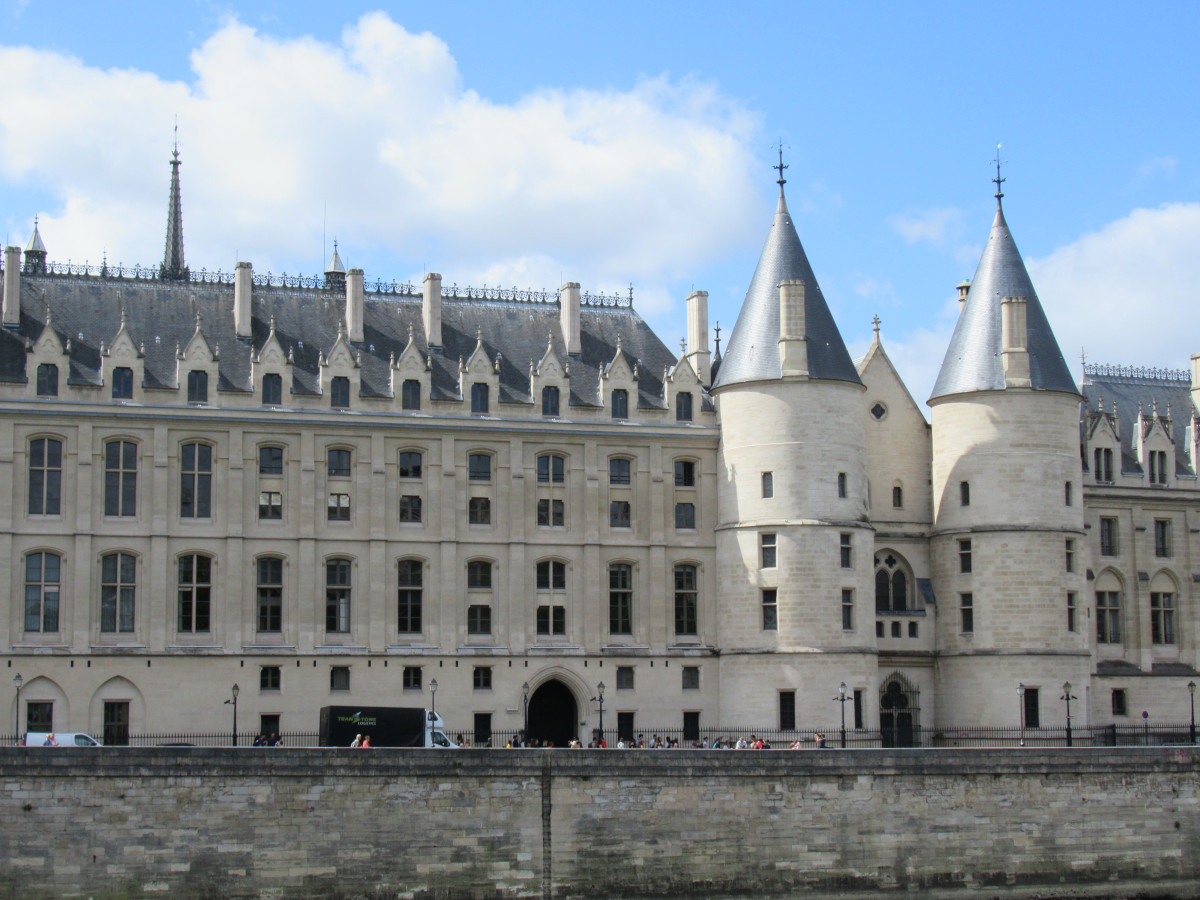
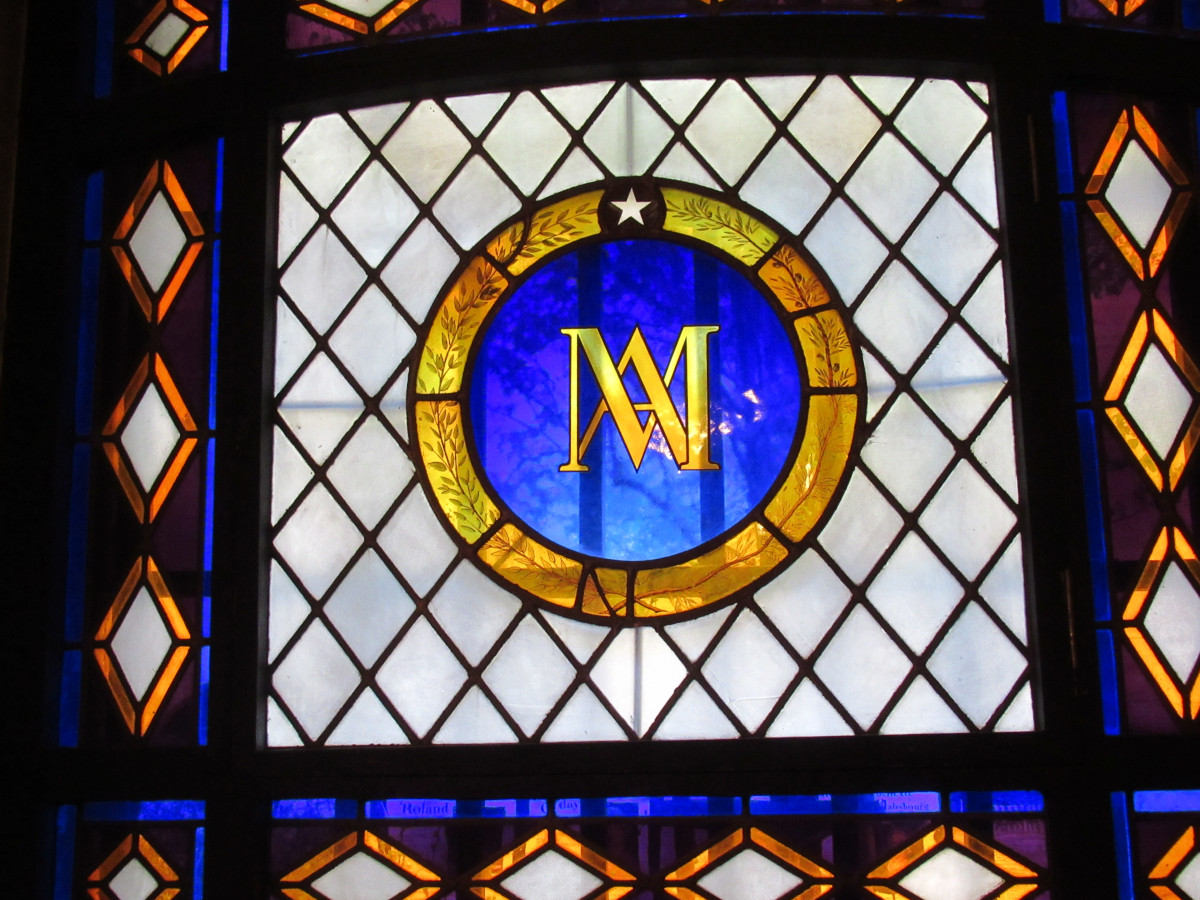
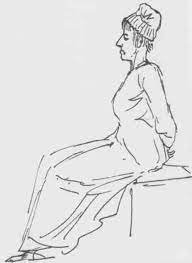
Originally a royal palace, the conciergerie gradually became a courthouse and prison and was notorious during the period known as The Terror, following the fall of the monarchy. Between September 1793 and July 1794 some 500,000 people were arrested and 27,000 of them were executed. Many of them were imprisoned here in dreadful conditions, awaiting the nightly ritual of the guards reading out the names of those who would be tried the following day.
The building itself dates from the medieval period, but inside there is also an exhibition on the revolution and you can look round some of the rooms which were key in that period. Most notably, you can visit the room in which Marie Antoinette was kept prisoner and see the poignant little collection of objects she left behind – a cross, a little porcelain jug, a napkin – and the little chapel at one end of the room. For more than two months, she was here, reading and praying, eating the meals she was brought and just waiting.
Eventually, the queen was taken upstairs to the ‘Première Chambre Civile’, the revolutionary courtroom, and tried. Shabbily dressed, and vindictively treated by the court officials, she nevertheless impressed onlookers with her dignified demeanour. On October 16th came the guilty verdict and she was condemned to death.
That night, she wrote to her sister-in-law, saying she felt calm, ‘as people are whose consciences are clear’ but described her ‘deepest regret at having to abandon our poor children.’ The next day, she was driven in an open cart to the Place de la Révolution for her execution. Crowds gathered to see her, hands tied behind her back, wearing a simple white cotton dress, and with her hair shorn in preparation. The artist Jacques Louis David saw her pass and the sketch he made can still be viewed in the Louvre.
two more places to visit
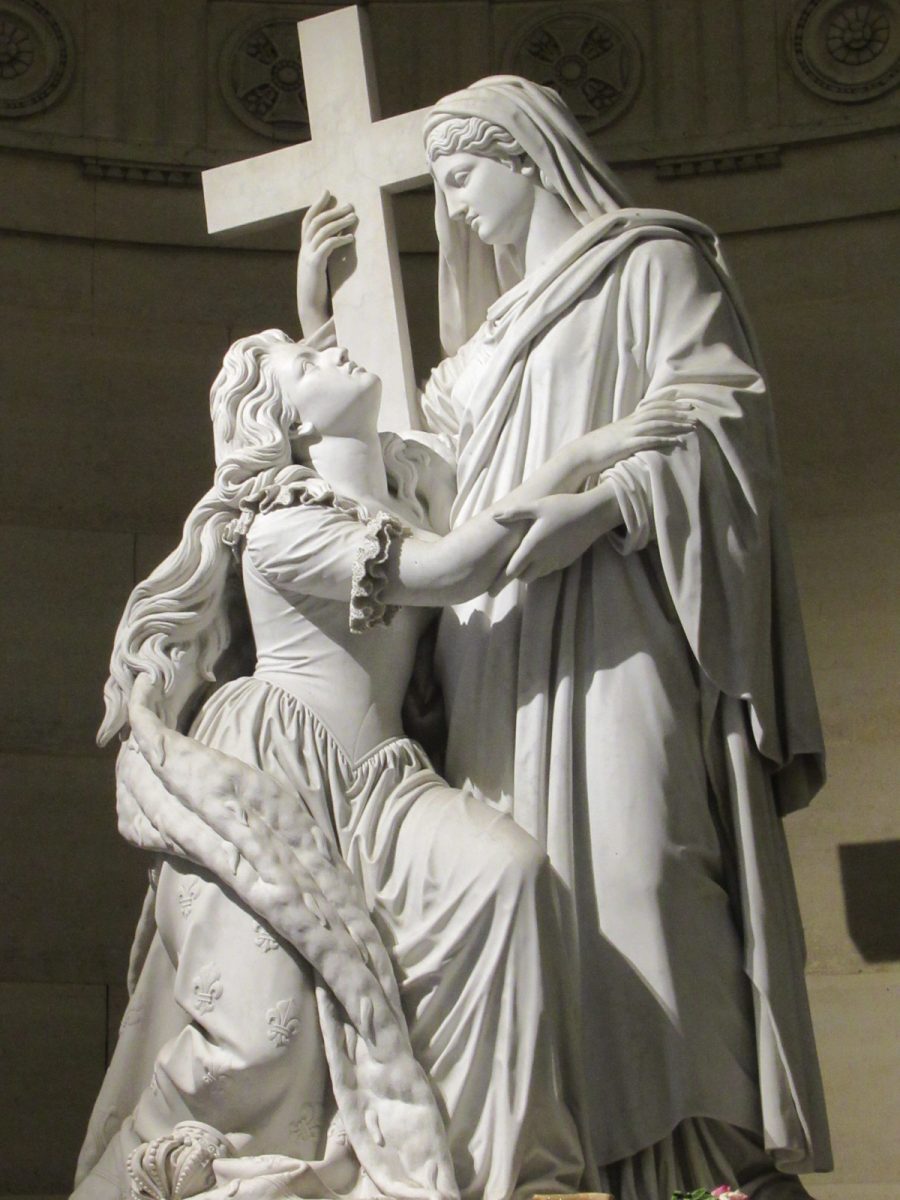

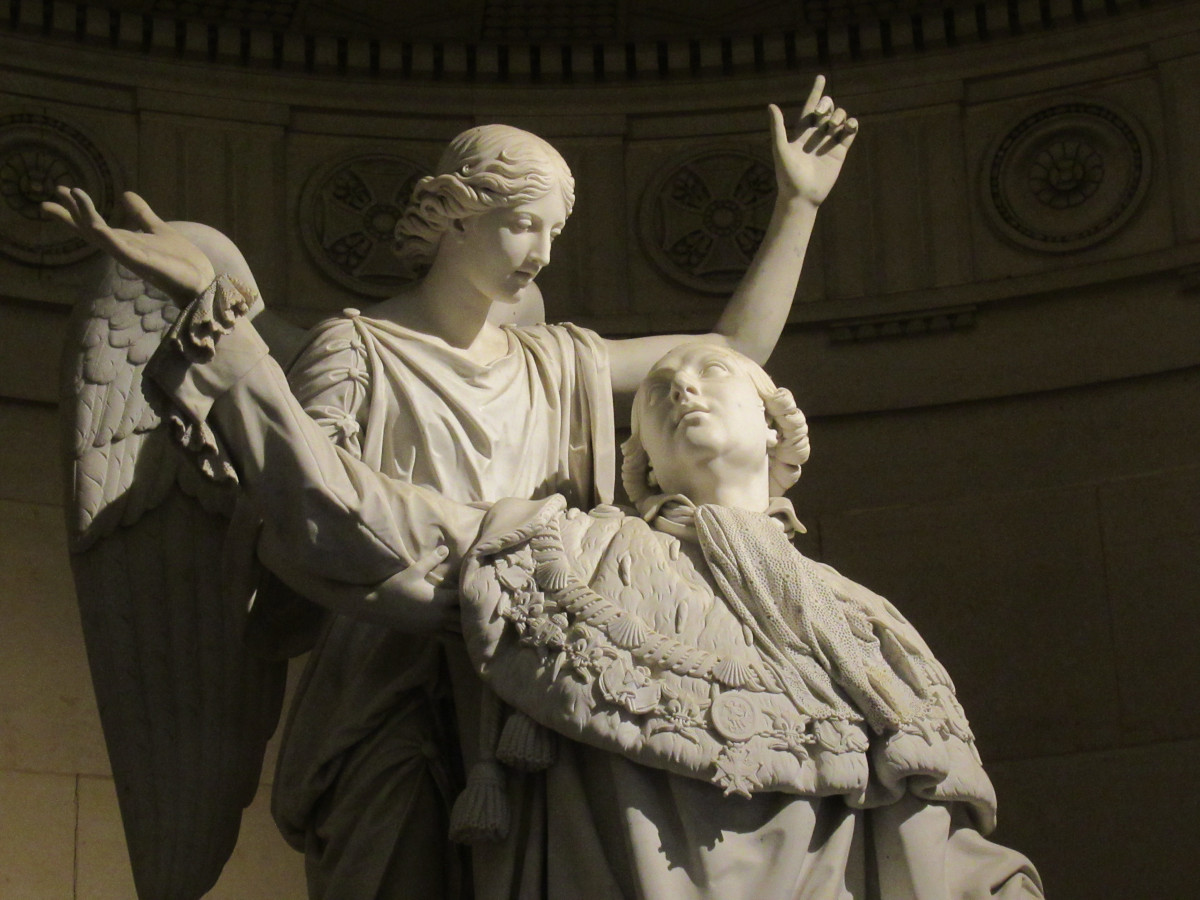
The Musée Carnavalet is the main history museum in Paris and there’s a section on the revolution where you can see a recreation of the Temple dungeon cell where the royal family were imprisoned. Other items, which were taken away by royal sympathisers and later donated to the museum, include Marie Antoinette’s dressing table, and toys belonging to the Dauphin, Louis-Charles who was only ten when he died: his dominoes and toy soldiers and also a coffin-shaped ring containing a lock of father’s hair. Other items on display include a set of keys to the Bastille, banners demanding Liberté and a ‘working’ ivory model of a guillotine
After the revolution, royal sympathisers retrieved the bodies of Louis and Marie Antoinette from the mass grave where they had been flung and reburied them on this site, not far from the Madeleine Church. Eventually they were moved to the Basilique St Denis, to lie amongst the remains of most of France’s monarchs, but the chapel built here, the Chapelle Expiatoire, remains. The marble building, set in a little garden, is hauntingly beautiful and inside you will find statues of both the king and the queen with key texts by each engraved onto the pedestals: Louis’ last will and testament and the letter Marie Antoinette wrote the night before her execution.
Listen to the Podcast
Reading Suggestions
Paris: Biography of a City by Colin Jones
Marie Antoinette by Antonia Fraser
Links for this post
The Opera Bastille
The Conciergerie
The Carnavalet Museum
The Chapelle Expiatoire
Previous Episode Versailles and the court of Louis XIV
Next Episode Napoleon’s Paris

